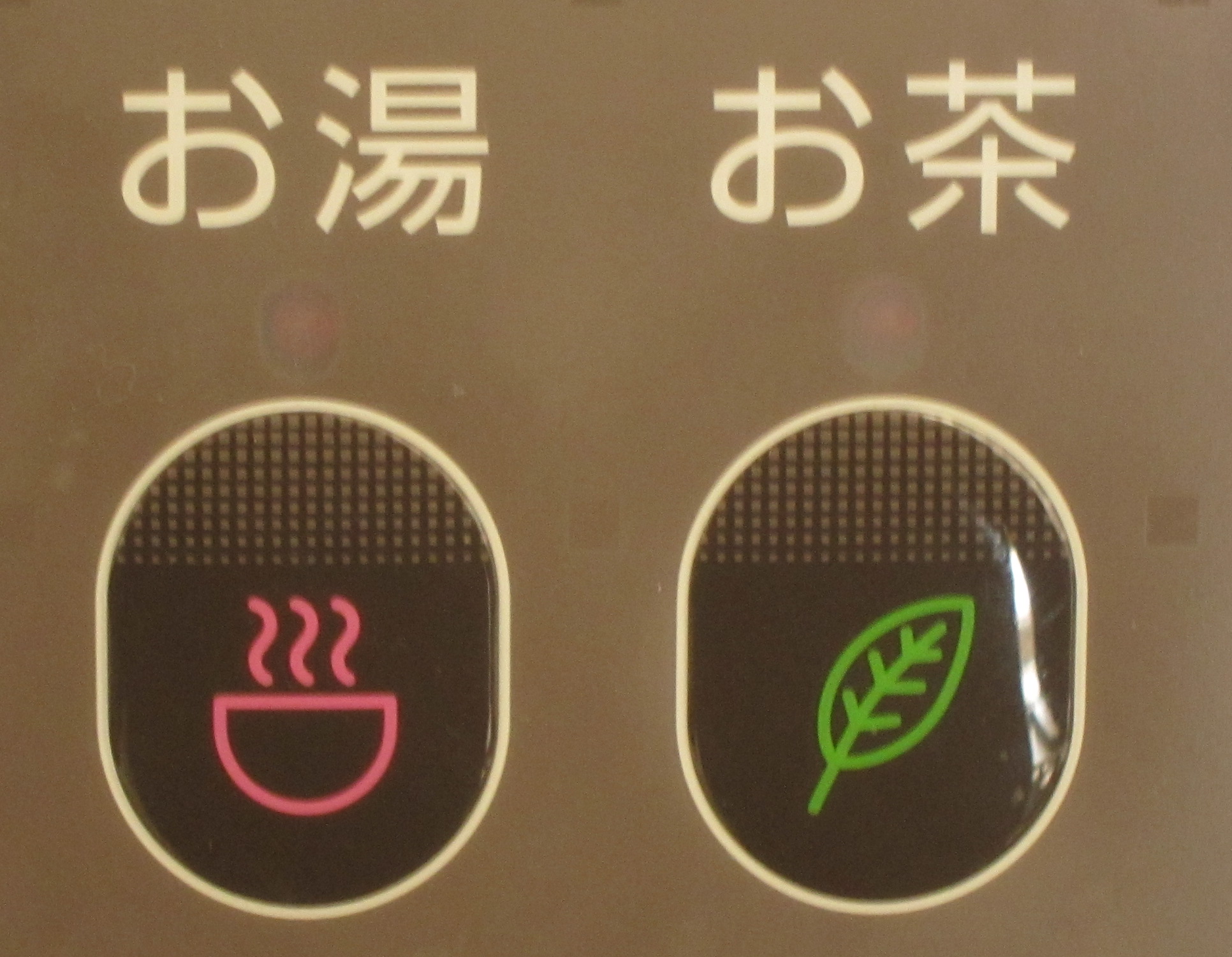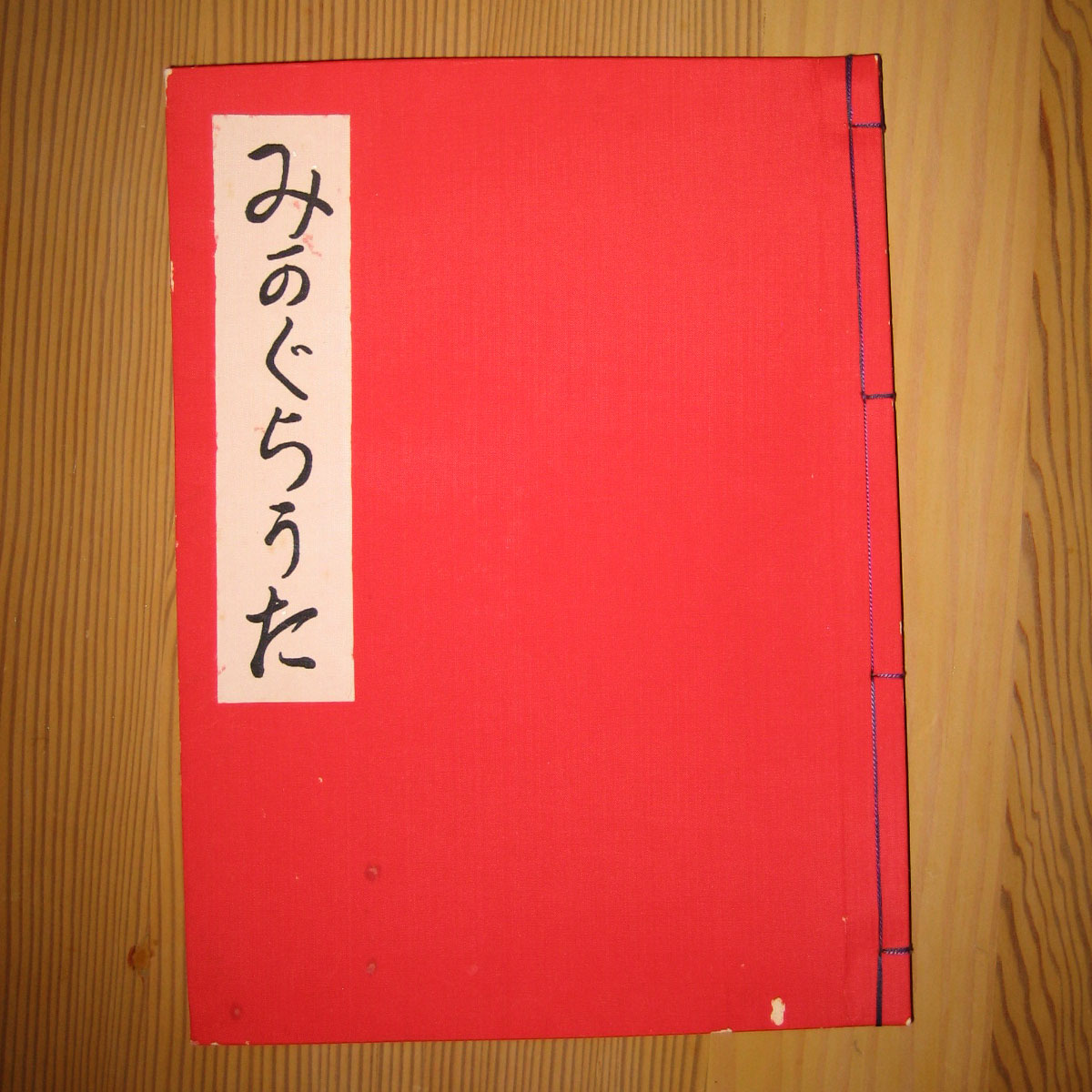|
Sazuke
The Sazuke (おさづけ ''Osazuke'') refers to a prayer in which a Tenrikyo follower asks for divine intervention to heal an ailment. Etymology In the original Japanese, the term is preceded by an honorific prefix and is written in hiragana: おさづけ. The kanji most commonly associated with the term is 授, meaning "give, grant; impart, teach" and "be granted/taught." The follower who administers the Sazuke to the suffering person acts as a mediator through which ''Tenri-O-no-Mikoto'' grants the blessing of a cure.「さずけ」 "Sazuke," 『改訂天理教辞典』 ''Kaitei Tenrikyo jiten'', p. 369. English equivalent: ''A Glossary of Tenrikyo Terms'', pp. 362–365. Bestowal In her lifetime, Nakayama Miki bestowed the Sazuke to her most devout followers. After she passed in 1887, Izo Iburi bestowed the Sazuke in her place. Initially, followers who distinguished themselves during Nakayama's physical lifetime would receive the Sazuke spontaneously as a divine directio ... [...More Info...] [...Related Items...] OR: [Wikipedia] [Google] [Baidu] |
Tenrikyo
is a Japanese new religion which is neither strictly monotheistic nor pantheistic, originating from the teachings of a 19th-century woman named Nakayama Miki, known to her followers as "Oyasama". Followers of Tenrikyo believe that God of Origin, God in Truth, known by several names including "Tsukihi," "Tenri-Ō-no-Mikoto" and "Oyagamisama (God the Parent)" revealed divine intent through Miki Nakayama as the Shrine of God and to a lesser extent the roles of the Honseki Izo Iburi and other leaders. Tenrikyo's worldly aim is to teach and promote the Joyous Life, which is cultivated through acts of charity and mindfulness called . The primary operations of Tenrikyo today are located at Tenrikyo Church Headquarters (Tenri, Nara, Japan), which supports 16,833 locally managed churches in Japan,Japanese Ministry of Education. ''Shuukyou Nenkan, Heisei 14-nen'' (宗教年鑑平成14年). 2002. the construction and maintenance of the and various community-focused organisations. It has ... [...More Info...] [...Related Items...] OR: [Wikipedia] [Google] [Baidu] |
Tenri-O-no-Mikoto
In Tenrikyo, God is a single divine being and creator of the entire universe. The first two characters in the Japanese kanji for Tenri-O-no-Mikoto are 天理, where 天 refers to heaven or divinity, and 理 refers to reason or knowledge, thus "Tenri" (天理) refers to divine or heavenly knowledge, and in a sense adds a divine nature to truth itself whereas "天理" also means "natural law" or its pseudonym, "divine law." The English name most frequently used to refer to Tenri-Ō-no-Mikoto outside of ritual is "God the Parent"; in Japanese, the equivalent common name is ''Oyagamisama''. In Tenrikyo, God has no gender. Tenrikyo followers vary in their understanding of this creator, from the early understanding of spirit (''kami'', god/deity) through the underlying natural causality (''Tsukihi'', moon-sun) and eventually to an understanding of a parental relationship between the creator and themselves (''oya'', parent). This progression of understanding is a key teaching of Tenrikyo ... [...More Info...] [...Related Items...] OR: [Wikipedia] [Google] [Baidu] |
Prayer
Prayer is an invocation or act that seeks to activate a rapport with an object of worship through deliberate communication. In the narrow sense, the term refers to an act of supplication or intercession directed towards a deity or a deified ancestor. More generally, prayer can also have the purpose of thanksgiving or praise, and in comparative religion is closely associated with more abstract forms of meditation and with charms or spells. Prayer can take a variety of forms: it can be part of a set liturgy or ritual, and it can be performed alone or in groups. Prayer may take the form of a hymn, incantation, formal creedal statement, or a spontaneous utterance in the praying person. The act of prayer is attested in written sources as early as 5000 years ago. Today, most major religions involve prayer in one way or another; some ritualize the act, requiring a strict sequence of actions or placing a restriction on who is permitted to pray, while others teach that prayer may b ... [...More Info...] [...Related Items...] OR: [Wikipedia] [Google] [Baidu] |
Japanese Language
is spoken natively by about 128 million people, primarily by Japanese people and primarily in Japan, the only country where it is the national language. Japanese belongs to the Japonic or Japanese- Ryukyuan language family. There have been many attempts to group the Japonic languages with other families such as the Ainu, Austroasiatic, Koreanic, and the now-discredited Altaic, but none of these proposals has gained widespread acceptance. Little is known of the language's prehistory, or when it first appeared in Japan. Chinese documents from the 3rd century AD recorded a few Japanese words, but substantial Old Japanese texts did not appear until the 8th century. From the Heian period (794–1185), there was a massive influx of Sino-Japanese vocabulary into the language, affecting the phonology of Early Middle Japanese. Late Middle Japanese (1185–1600) saw extensive grammatical changes and the first appearance of European loanwords. The basis of the standard dialect moved f ... [...More Info...] [...Related Items...] OR: [Wikipedia] [Google] [Baidu] |
Honorific Speech In Japanese
The Japanese language has a system of honorific speech, referred to as , parts of speech that show respect. Their use is mandatory in many social situations. Honorifics in Japanese may be used to emphasize social distance or disparity in rank, or to emphasize social intimacy or similarity in rank. Japanese honorific titles, often simply called honorifics, consist of suffixes and prefixes when referring to others in a conversation. The system is very extensive, having its own special vocabulary and grammatical forms to express various levels of respectful, humble, and polite speech. It closely resembles other honorifics systems found in the East Asian cultural sphere, such as honorifics in Korean. Introduction Japanese uses honorific constructions to show or emphasize social rank, social intimacy or similarity in rank. The choice of pronoun used, for example, will express the social relationship between the person speaking and the person being referred to, and Japanese often ... [...More Info...] [...Related Items...] OR: [Wikipedia] [Google] [Baidu] |
Hiragana
is a Japanese syllabary, part of the Japanese writing system, along with ''katakana'' as well as ''kanji''. It is a phonetic lettering system. The word ''hiragana'' literally means "flowing" or "simple" kana ("simple" originally as contrasted with kanji). Hiragana and katakana are both kana systems. With few exceptions, each mora in the Japanese language is represented by one character (or one digraph) in each system. This may be either a vowel such as ''"a"'' (hiragana あ); a consonant followed by a vowel such as ''"ka"'' (か); or ''"n"'' (ん), a nasal sonorant which, depending on the context, sounds either like English ''m'', ''n'' or ''ng'' () when syllable-final or like the nasal vowels of French, Portuguese or Polish. Because the characters of the kana do not represent single consonants (except in the case of ん "n"), the kana are referred to as syllabic symbols and not alphabetic letters. Hiragana is used to write ''okurigana'' (kana suffixes following a kanji ... [...More Info...] [...Related Items...] OR: [Wikipedia] [Google] [Baidu] |
Kanji
are the logographic Chinese characters taken from the Chinese family of scripts, Chinese script and used in the writing of Japanese language, Japanese. They were made a major part of the Japanese writing system during the time of Old Japanese and are still used, along with the subsequently-derived syllabic scripts of ''hiragana'' and ''katakana''. The characters have Japanese pronunciation, pronunciations; most have two, with one based on the Chinese sound. A few characters were invented in Japan by constructing character components derived from other Chinese characters. After World War II, Japan made its own efforts to simplify the characters, now known as shinjitai, by a process similar to China's simplified Chinese characters, simplification efforts, with the intention to increase literacy among the common folk. Since the 1920s, the Japanese government has published character lists periodically to help direct the education of its citizenry through the myriad Chinese characte ... [...More Info...] [...Related Items...] OR: [Wikipedia] [Google] [Baidu] |
Nakayama Miki
was a nineteenth-century Japanese farmer and religious leader. She is the primary figure of the Japanese new religion Tenrikyo. Followers, who refer to her as Oyasama (おやさま), believe that she was settled as the Shrine of Tsukihi from the moment she experienced a divine revelation in 1838 until her death in 1887. Upon her divine revelation, she gave away most of her family's possessions and dismantled the family's house, thereby entering a state of poverty. She began to attract followers, who believed that she was a living goddess who could heal people and bless expectant mothers with safe childbirth. To leave a record of her teachings, she composed the ''Ofudesaki'' and taught the lyrics, choreography and music of the Service, which have become Tenrikyo's scripture and liturgy respectively. She identified what she claimed to be the place where God created human beings and instructed her followers to mark the place with a pillar and perform the liturgy around it, whic ... [...More Info...] [...Related Items...] OR: [Wikipedia] [Google] [Baidu] |
Izo Iburi
''IZO'' is a 2004 Japanese film directed by Takashi Miike. The main character of the film is Izo Okada (1832–1865), the historical samurai and assassin in 19th-century Japan who was tortured and executed by beheading in Tosa. Izo appeared previously in Hideo Gosha's '' Hitokiri'' (1969), then played by Shintaro Katsu. However, Miike's portrayal of the character (or rather his spirit) transcends reality (and time and space) and is more of a surrealist exposé of Izo's exceedingly bloody yet philosophical encounters in an afterlife heavy on symbolism, occasionally interrupted by stock footage of World War II accompanied by acid-folk singer Kazuki Tomokawa on guitar. Kazuya Nakayama plays Izo and the many characters he encounters on his journey include figures played by Takeshi Kitano and Bob Sapp. Cast * Kazuya Nakayama - Okada Izo * Kaori Momoi - * Ryuhei Matsuda - * Ryôsuke Miki - Hampeita Takechi * Yuya Uchida - Spirit * Masumi Okada - Politician * Hiroki Matsukat ... [...More Info...] [...Related Items...] OR: [Wikipedia] [Google] [Baidu] |
Osashizu
In the Tenrikyo religion, the Osashizu (Japanese: お指図) ("Divine Directions") is a written record of oral revelations given by Izo Iburi. It is one of the three scriptures (''sangenten'' 三原典) of Tenrikyo, along with the ''Ofudesaki'' ("The Tip of the Writing Brush") and the ''Mikagura-uta'' ("The Songs for the Service"). The full scripture is published in seven volumes (plus an index in three volumes) and contains around 20,000 "divine directions" delivered between January 4, 1887 and June 9, 1907. Etymology and meaning ''O'' is an honorific prefix, while ''sashizu'' may refer to “instruction(s)” or “direction(s).” In Tenrikyo parlance, the term ''Osashizu'' technically has two senses, a broader and a narrower one. In its broader sense, the Osashizu includes all of the oral revelations given by Miki Nakayama (who followers refer to as ''Oyasama'' or the "Foundress"), and Izo Iburi (who followers refer to as the ''Honseki,'' or the "Main Seat"). In its narrower ... [...More Info...] [...Related Items...] OR: [Wikipedia] [Google] [Baidu] |






